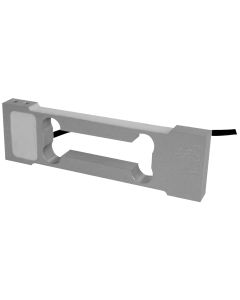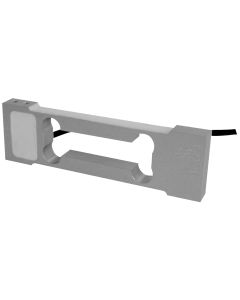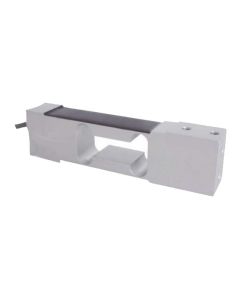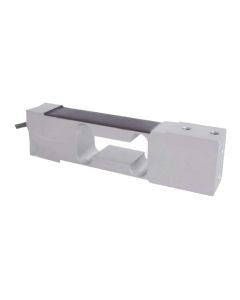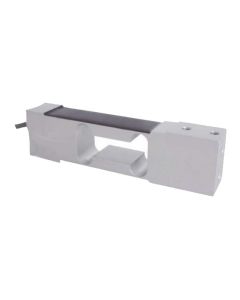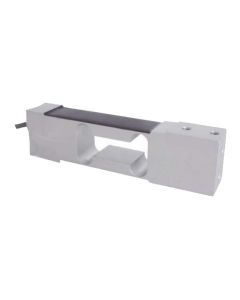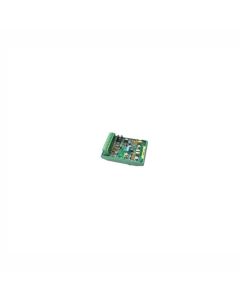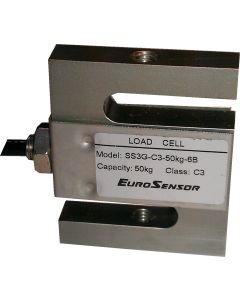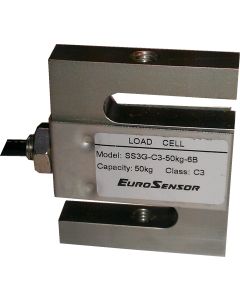- Home
- Force Sensors
- Load cell
Load Cell
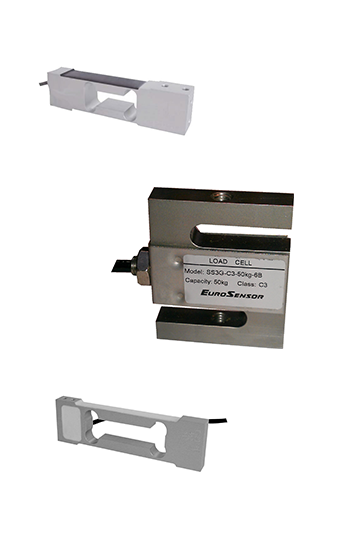
Load cells are specialized devices designed to measure force and load, primarily for weighing applications. They are categorized into four performance classes: "Class A," "Class B," "Class C," and "Class D," each with varying levels of accuracy and suitability for different applications. Classes D1 and D2, for example, are designed for less precise tasks, offering relatively low accuracy compared to higher classes. The number following the class letter indicates the maximum number of division values (calibration points) in thousands.
For instance, a C3 load cell represents Class C with 3,000 divisions. This means the load cell can divide its measurement range into 3,000 distinct calibration values, enabling precise weight or force measurement. Class C load cells typically have a calibration range between 500 and 10,000 divisions, making them suitable for industrial applications requiring moderate to high accuracy. The accuracy class also specifies the maximum permissible deviation of the measurement from the true value, ensuring the reliability of readings in critical operations.
Load cells and force sensors are essential across industries, from ensuring accurate weight measurements in logistics and manufacturing to monitoring structural forces in aerospace and automotive sectors. Class C and above are frequently employed in high-precision tasks such as laboratory testing, quality control, and advanced automation systems, while lower classes, like Class D, are suitable for everyday weighing devices where ultra-high accuracy is not critical.
Difference Between Load Cells and Force Sensors
While both load cells and force sensors are used to measure force, they differ in their calibration and typical applications. Load cells are primarily calibrated in kilograms (kg) or other units of weight, making them ideal for weighing tasks in scales, industrial processes, and material testing. In contrast, force sensors are calibrated in newtons (N) and are used to measure direct force in tension, compression, or shear applications.
Importantly, a load cell can be adapted for use as a force sensor when specific requirements, such as unit conversion, are met. This adaptability enhances their versatility across a wide range of engineering and scientific applications.
Short Code:
Credit Limit:
Current Balance:

